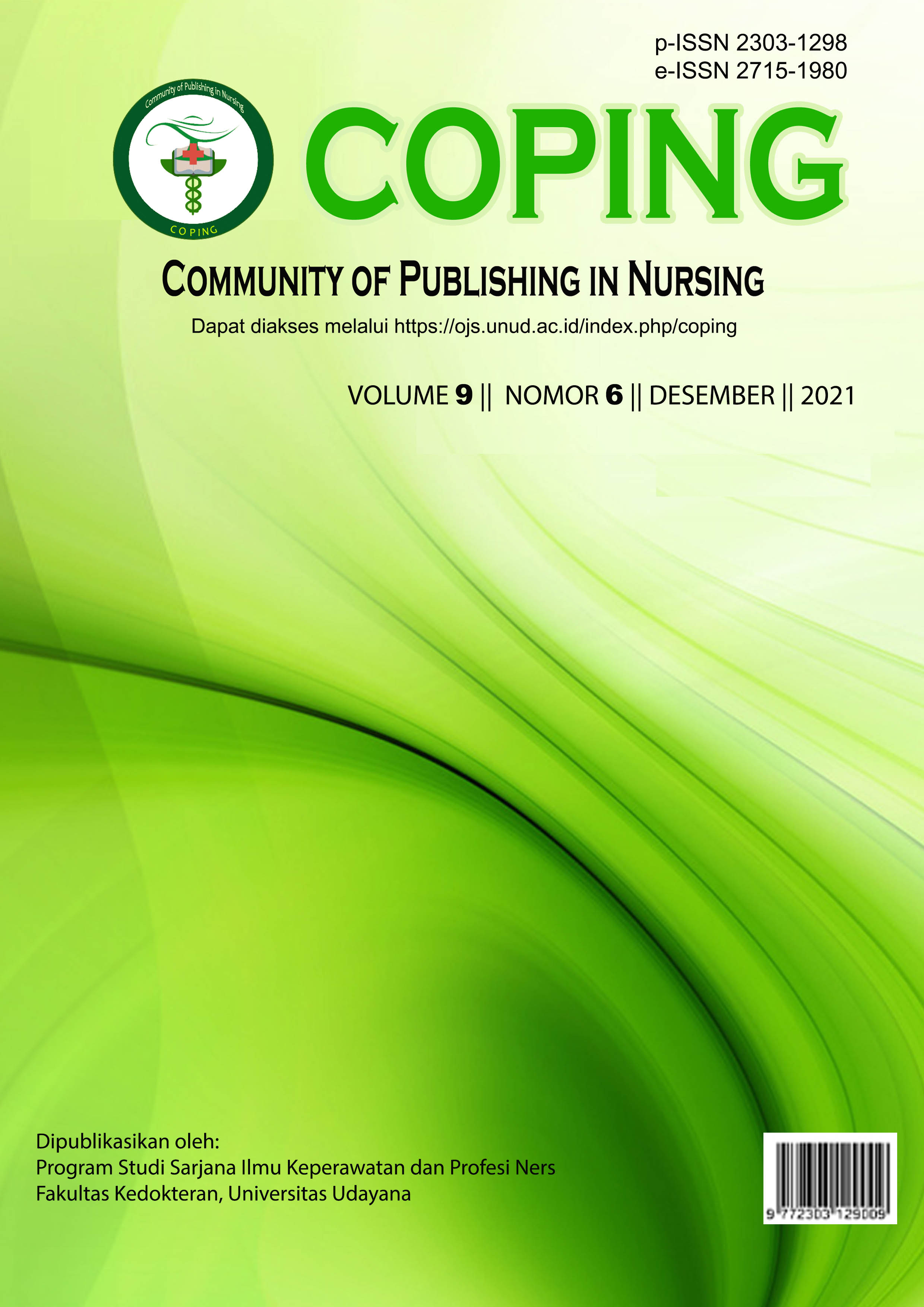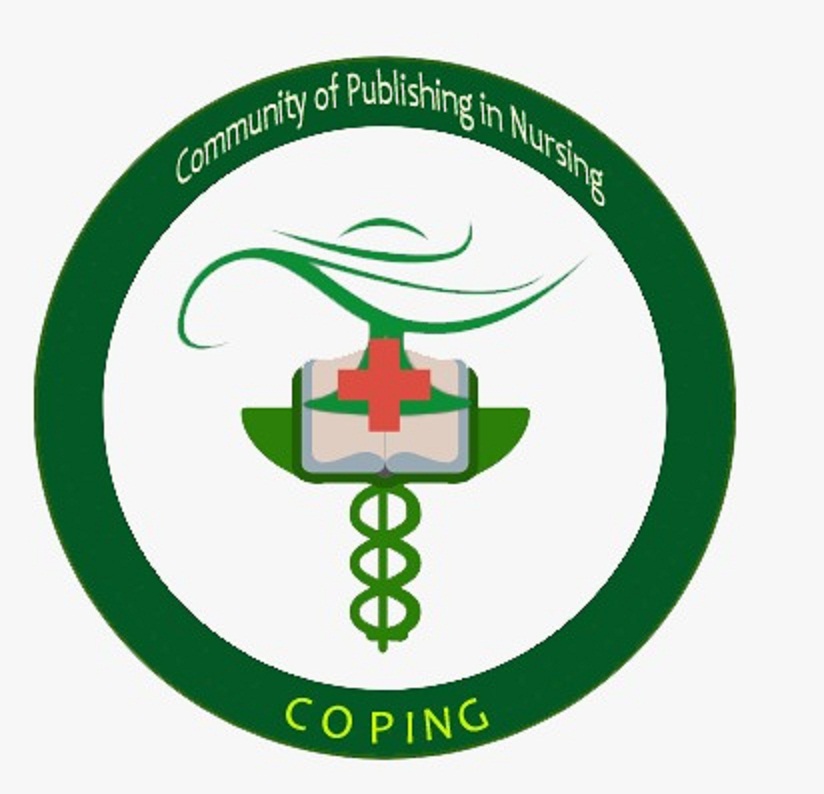HUBUNGAN TINGKAT KESEPIAN (LONELINESS) DENGAN PROBLEMATIC INTERNET USE (PIU) PADA MAHASISWA PENGGUNA INSTAGRAM
Abstrak
Mencapai hubungan baru yang lebih matang menjadi salah satu tugas perkembangan pada masa remaja. Namun apabila terdapat hambatan dalam tugas perkembangannya maka remaja akan lebih nyaman melakukan interaksi virtual. Remaja yang lebih nyaman melakukan interaksi virtual membuat remaja dapat mengalami kesepian. Apabila remaja tidak menyadari perilaku obsesifnya akan media sosial maka banyak dampak buruk yang akan menimpa remaja, salah satunya adalah Problematic Internet Use (PIU). Individu yang mengalami PIU ditandai dengan perubahan pola perilaku dalam kehidupan sehari-harinya yang berdampak pada kesulitan dalam mengorganisir kehidupan luringnya. Penelitian ini bertujuan untuk mengetahui hubungan antara tingkat kesepian dengan PIU pada mahasiswa pengguna Instagram. Jenis penelitian ini deskriptif korelasi dengan pendekatan cross sectional. Teknik sampling yang digunakan adalah stratified random sampling dengan jumlah sampel 138 mahasiswa PSSIKPN FK Unud angkatan 2018-2020. Pengambilan data menggunakan kuesioner UCLA Loneliness Scale 3 dan GPIUS 2. Hasil uji Spearman rank didapatkan nilai p = 0,03 (p<0,05), dimana terdapat hubungan sangat lemah dan antara tingkat kesepian dan PIU pada mahasiswa pengguna Instagram dengan nilai koefisien korelasi 0,184. Semakin tinggi tingkat kesepian maka semakin tinggi tingkat PIU pada mahasiwa pengguna Instagram di PSSIKPN FK Unud. Berdasarkan hasil tersebut, diharapkan mahasiswa dapat lebih bijak dalam menggunakan Instagram dan meluangkan waktunya untuk berinteraksi dengan orang di sekitarnya.
##plugins.generic.usageStats.downloads##
Referensi
Agusti, R. D. C. W., & Leonardi, T. (2015). Hubungan antara kesepian dengan problematic internet use pada mahasiswa. Jurnal Psikologi Klinis Dan Kesehatan Mental, 04(1), 9-13.
Alheneidi, H., AlSumait, L., AlSumait, D., & Smith, A. P. (2021). Loneliness and problematic internet use during COVID-19 lock-down. Behavioral Sciences, 11(1), 5. https://doi.org/10.3390/bs11010005
Aprilia, N. (2020). Pengaruh kesepian dan kontrol diri terhadap kecenderungan ketergantungan terhadap ponsel. Psikoborneo, 8(2), 249-254.
Ariffudin, I., & Japar, M. (2018). Problematic internet use , problem solving skills and emotional regulation among junior high school students. Jurnal Bimbingan Konseling, 7(2), 113-119. https://doi.org/10.15294/jubk.v7i2.25615
Asosiasi Penyelenggara Jasa Internet Indonesia. (2019). Penetrasi & Profil Perilaku Pengguna Internet Indonesia. Diakses melalui https://apjii.or.id/survei2018s/download/TK5oJYBSyd8iqHA2eCh4FsGELm3ubj
Cable News Network (CNN) Indonesia. (2018). 3,9 Miliar Orang di Dunia Telah Terhubung Internet. Diakses melalui https://www.cnnindonesia.com/teknologi/20181210094556-192-352374/39-miliar-orang-di-dunia-telah-terhubung-internet
Caplan, S. E. (2010). Theory and measurement of generalized problematic internet use: A two-step approach. Computers in Human Behavior, 26(5), 1089-1097. https://doi.org/10.1016/j.chb.2010.03.012
Casale, S., Caplan, S. E., & Fioravanti, G. (2016). Positive metacognitions about Internet use: The mediating role in the relationship between emotional dysregulation and problematic use. Addictive Behaviors, 59, 84-88. https://doi.org/10.1016/j.addbeh.2016.03.014
Costa, R. M., Patrão, I., & Machado, M. (2019). Problematic internet use and feelings of loneliness. International Journal of Psychiatry in Clinical Practice, 23(2), 160-162. https://doi.org/10.1080/13651501.2018.1539180
Dafnaz, H. K., & Effendy, E. (2020). Hubungan kesepian dengan masalah psikologis dan gejala gangguan somatis pada remaja. SCRIPTA SCORE Scientific Medical Journal, 2(1), 6-13. https://doi.org/10.32734/scripta.v2i1.3372
Fauzia, A. Z., Maslihah, S., & Ihsan, H. (2019). Pengaruh Tipe kepribadian terhadap self-disclosure pada dewasa awal pengguna media sosial instagram di kota bandung. Journal of Psychological Science and Profession, 3(3), 151-160. https://doi.org/10.24198/jpsp.v3i3.23434
Firman, & Rahman, S. R. (2020). Pembelajaran online di tengah pandemi covid-19. Indonesian Journal of Educational Science (IJES), 2(2), 81-89. https://doi.org/10.31605/ijes.v2i2.659
Garvin, G. (2019). Hubungan antara kesepian dengan problematic internet use pada remaja. Psikostudia : Jurnal Psikologi, 8(1), 15-19. https://doi.org/10.30872/psikostudia.v8i1.2384
Gultom, R. F. N., & Tambunan, E. H. (2021). Pengalaman mahasiswa program studi pendidikan ners dalam pembelajaran daring di masa pandemi covid-19. Jurnal Nursing Update, 2(1), 11-21.
Harsono, L., & Winduwati, S. (2020). Detox instagram pada self-esteem pengguna. Koneksi, 4(1), 83-89. https://doi.org/10.24912/kn.v4i1.6617
Jahja, Y. (2015). Psikologi Perkembangan. Jakarta: Prenadamedia Group. ISBN: 978602873044037015.
Jannah, N., Mudjiran, M., & Nirwana, H. (2015). Hubungan kecanduan game dengan motivasi belajar siswa dan implikasinya terhadap bimbingan dan konseling. Konselor, 4(4), 200. https://doi.org/10.24036/02015446473-0-00
Lestari, T. et al. (2020). Hubungan antara minat dengan motivasi mahasiswa s1 keperawatan dalam melanjutkan profesi ners di unissula semarang. Prosiding Konferensi Ilmiah Mahasiswa Unissula (KIMU) Klaster Kesehatan, 66-75.
Pittman, M., & Reich, B. (2016). Social media and loneliness: Why an Instagram picture may be worth more than a thousand Twitter words. Computers in Human Behavior, 62, 155-167. https://doi.org/10.1016/j.chb.2016.03.084
Rastati, R. (2018). Media literasi bagi digital natives: perspektif generasi z di jakarta. Jurnal Teknologi Pendidikan, 06(01), 60-73.
Rini, E. S., Abdullah, S. M., & Rinaldi, M. R. (2020). Kesepian dan penggunaan internet bermasalah pada mahasiswa. Jurnal Psikologi, 11(2), 228-238. https://doi.org/10.24036/rapun.v11i2.
Royal Society for Public Health (RSPH). (2017). Instagram Ranked Worst for Young People’s Mental Health. Available at https://www.rsph.org.uk/about-us/news/instagram-ranked-worst-for-young-people-s-mental-health.html
Santrock, J. W. (2012). Life Span Development : Perkembangan Masa Hidup Jilid 1. Edisi 13. Jakarta: Erlangga.
Sheldon, P., & Bryant, K. (2016). Instagram: Motives for its use and relationship to narcissism and contextual age. Computers in Human Behavior, 58, 89-97. https://doi.org/10.1016/j.chb.2015.12.059
We Are Social. (2020). Digital 2020: Indonesia. Diakses melalui https://datareportal.com/reports/digital-2020-indonesia
Woods, H. C., & Scott, H. (2016). #Sleepyteens: Social media use in adolescence is associated with poor sleep quality, anxiety, depression and low self-esteem. Journal of Adolescence, 51, 41-49. https://doi.org/10.1016/j.adolescence.2016.05.008








